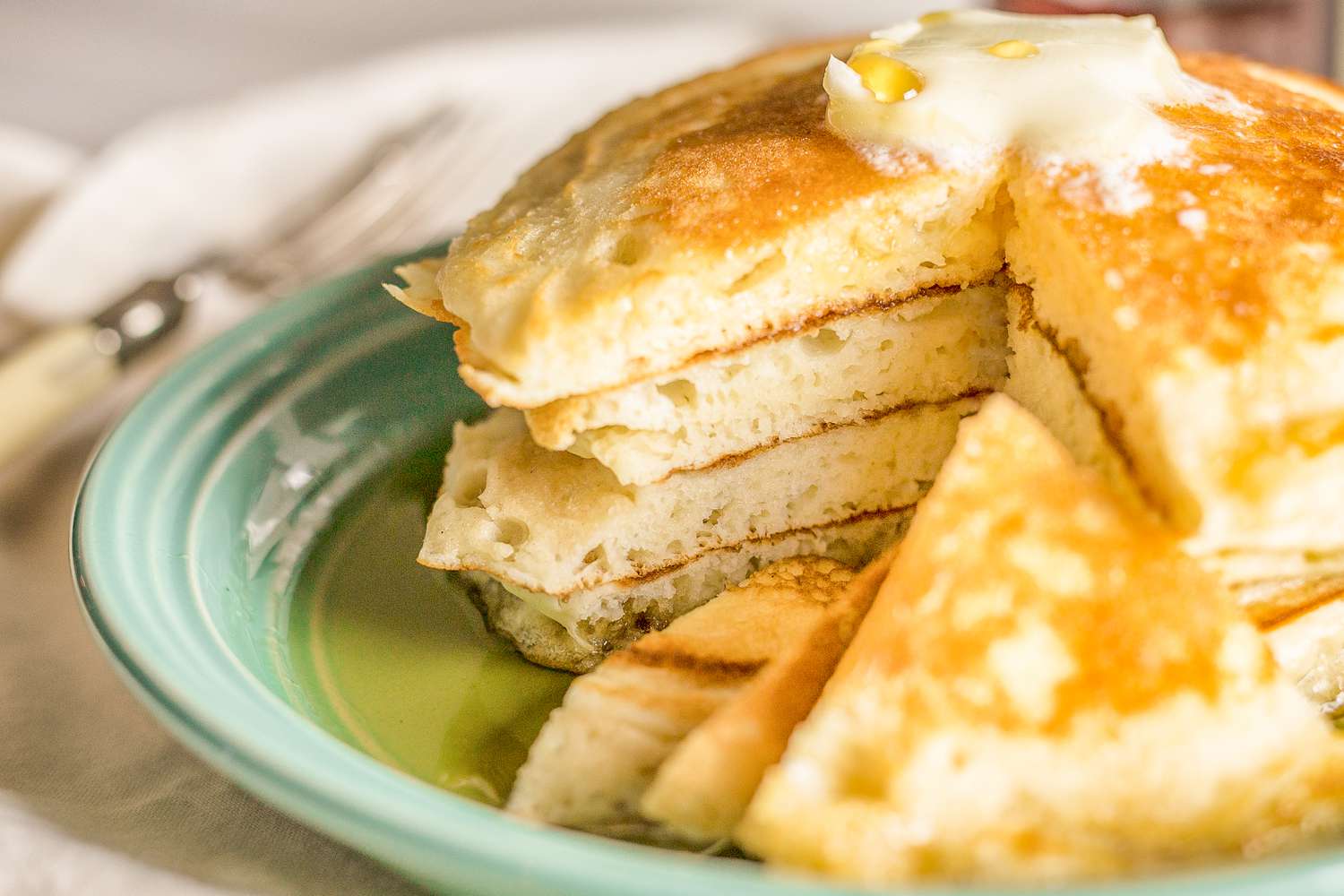There’s something magical about a stack of fluffy pancakes: the way they rise, the soft texture, and the deliciously airy feel with every bite. Whether you’re making them for a lazy weekend brunch or a special breakfast gathering, achieving the fluffiest pancakes requires a few key techniques. But fear not—these secrets don’t require complicated ingredients or fancy kitchen gadgets. With the right approach, you can master the art of light, fluffy pancakes every time.
In this guide, we’ll walk you through everything you need to know to create pancakes that are as fluffy as they are delicious. From ingredient tips to mixing techniques and cooking methods, these are the secrets that will elevate your pancake game.
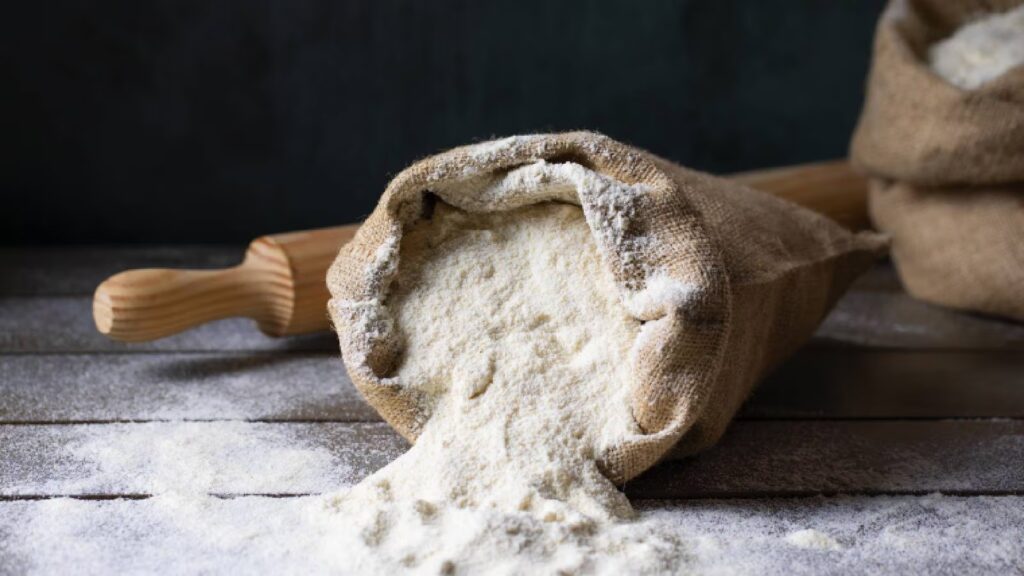
1. Use the Right Flour
The foundation of any good pancake is the flour. The type of flour you use can make a big difference in texture. All-purpose flour is the most common choice and provides a balance of softness and structure. However, if you’re aiming for an ultra-fluffy pancake, you might want to try cake flour. Cake flour has a lower protein content than all-purpose flour, which helps create a tender, light crumb.
If you prefer whole grain or gluten-free options, look for specialized flours like whole wheat pastry flour or a gluten-free blend, but keep in mind that the texture might differ slightly.
Tip: For the fluffiest pancakes, stick with all-purpose flour or cake flour. Sifting the flour before measuring can also help create a lighter texture by removing any lumps and incorporating air into the flour.

2. Don’t Overmix the Batter
One of the most common mistakes when making pancakes is overmixing the batter. While it’s tempting to stir everything until smooth, overmixing activates the gluten in the flour, which can result in dense and chewy pancakes rather than fluffy ones. Instead, mix your ingredients until just combined. It’s okay if the batter has a few lumps! In fact, a slightly lumpy batter is ideal for the fluffiest pancakes.
Tip: Gently fold the wet and dry ingredients together using a spatula or spoon. Avoid using a whisk to mix the batter, as this can incorporate too much air and lead to overworking the flour.
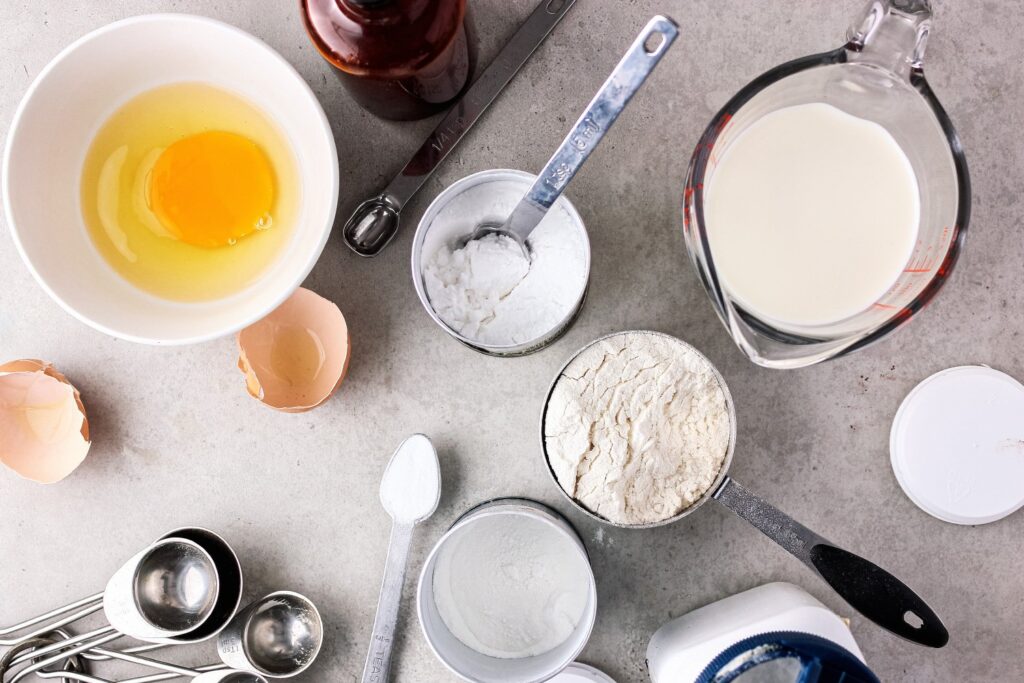
3. Add a Leavening Agent
Leavening agents are essential for creating that fluffy texture. The two most common leavening agents used in pancakes are baking powder and baking soda. Both of these help the batter rise by releasing air bubbles, which is crucial for achieving a light, airy pancake.
Baking powder is typically the go-to for pancakes because it contains both an acid and a base, which helps it create a rise even without additional ingredients. Make sure you’re using fresh baking powder, as old or expired baking powder can lose its effectiveness.
Baking soda, on the other hand, requires an acidic ingredient (like buttermilk or vinegar) to activate it. If your pancake recipe calls for baking soda, ensure you’re using an acidic liquid to get the desired lift.
Tip: Use 1 to 1 ½ teaspoons of baking powder per cup of flour. If you’re using baking soda, balance it with an acidic ingredient like buttermilk or yogurt.
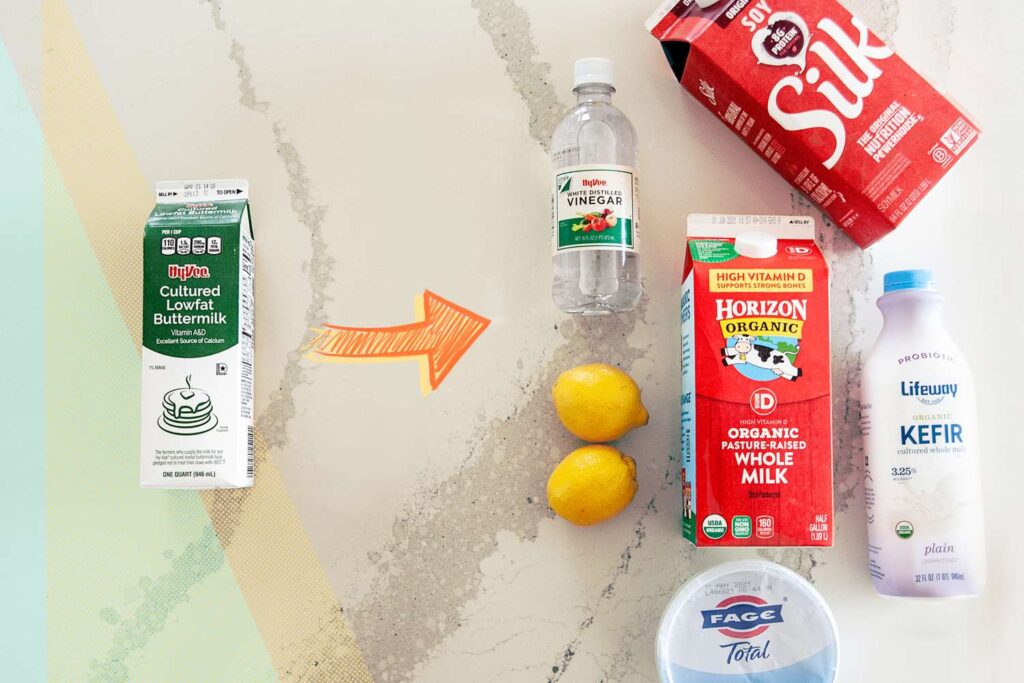
4. Use Buttermilk (or a Buttermilk Substitute)
Buttermilk is a key ingredient in many pancake recipes, and for good reason. The acidity in buttermilk reacts with the baking powder, helping the pancakes rise and become extra fluffy. The tangy flavor of buttermilk also adds a slight richness to the pancakes, giving them a more complex taste.
If you don’t have buttermilk on hand, you can easily make a substitute by adding 1 tablespoon of lemon juice or vinegar to a measuring cup, then filling it with milk to the 1-cup line. Let it sit for a few minutes to sour, and you’ve got yourself a buttermilk replacement.
Tip: For extra fluffiness, use room temperature buttermilk (or substitute), as cold ingredients can cause the batter to seize up, resulting in a denser pancake.

5. Let the Batter Rest
While it’s tempting to start cooking right after mixing your pancake batter, letting it rest for about 5-10 minutes can help the pancakes rise better and have a more tender texture. During the resting period, the flour absorbs the wet ingredients, and the gluten relaxes, leading to softer pancakes.
Tip: Don’t let the batter rest for too long, though. If you wait too long, the batter may thicken too much or lose its rise. A quick 5-10 minute rest is all you need for the best texture.
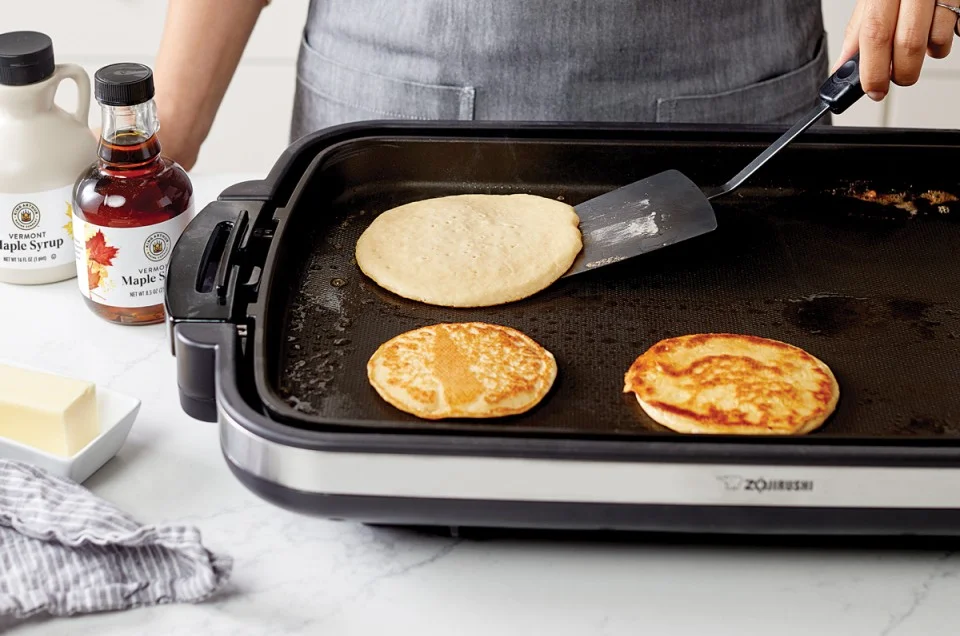
6. Preheat Your Pan or Griddle
To achieve the perfect golden-brown crust and fluffy interior, it’s important to get your cooking surface preheated. Whether you’re using a non-stick skillet, cast iron pan, or griddle, ensure that it’s hot before adding the batter. If the surface is too cold, the pancakes may cook unevenly and not rise as they should.
Preheat your pan over medium heat for several minutes, and test it by sprinkling a few drops of water on the surface. If they sizzle and evaporate immediately, your pan is ready.
Tip: Lightly grease the pan with a little butter or oil. For an even golden-brown color, use a paper towel to wipe off any excess fat before pouring in the batter.

7. Control the Pancake Size
The size of your pancakes can affect how fluffy they turn out. Smaller pancakes tend to cook more evenly and rise better, while larger pancakes can be harder to flip and might not cook through completely. Stick to a standard size—about ¼ cup of batter per pancake. This will allow for a fluffy center while ensuring the pancakes cook through evenly.
Tip: Use a 1/4-cup measuring cup or an ice cream scoop to portion out your pancakes for uniform size and consistent cooking.
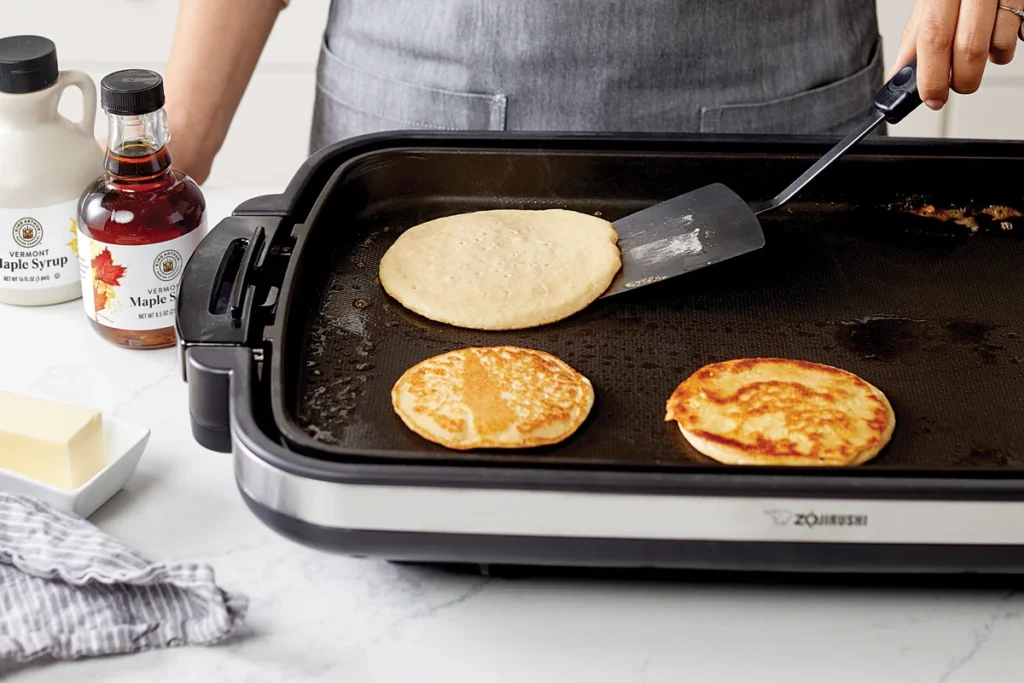
8. Flip With Care
Flipping your pancakes at the right time is crucial for achieving the perfect fluffy texture. Wait until bubbles begin to form on the surface of the pancake and the edges look set (about 2-3 minutes of cooking on one side). Gently flip the pancake using a spatula, and cook for another 1-2 minutes on the other side until golden brown.
Tip: Flip pancakes only once. Flipping them multiple times can deflate the bubbles, leading to flatter, denser pancakes.
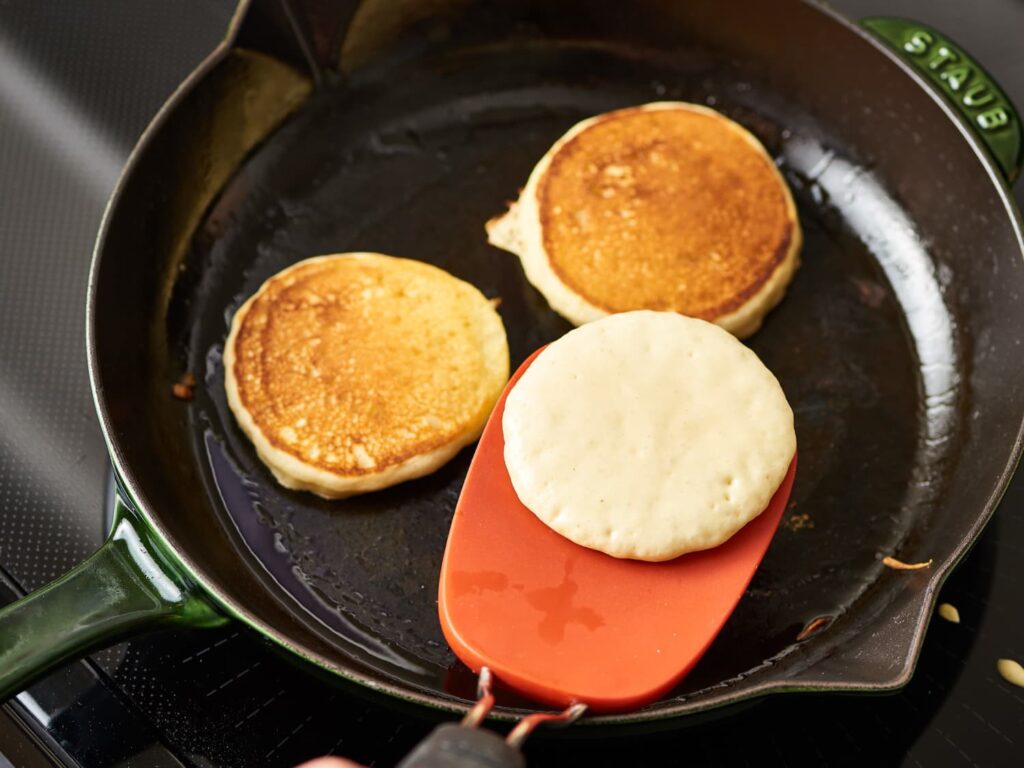
9. Keep Pancakes Warm While You Cook
If you’re making pancakes in batches, it’s a good idea to keep the cooked pancakes warm while you finish the rest of the batch. Preheat your oven to 200°F (93°C) and place the cooked pancakes on a baking sheet in a single layer. Cover them loosely with foil to retain heat and moisture.
Tip: If you’re cooking a large batch, avoid stacking pancakes directly on top of each other, as this can cause them to become soggy.

